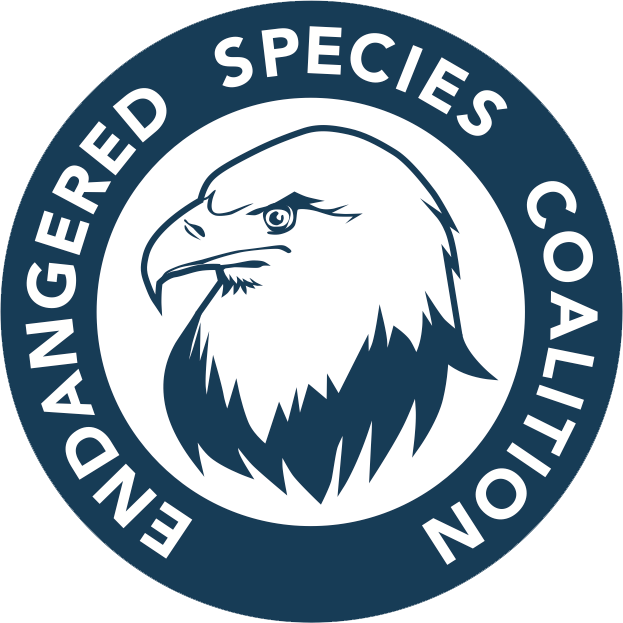Individual photos:










Captions:
Nēnē Goose
Habitat protection and captive breeding programs have rebuilt Hawaii’s nēnē goose population from the brink of extinction in the mid-1900s to approximately 1,300 individuals in 2013. Still listed under the Endangered Species Act, the nēnē is also protected by collaborative programs with landowners designed to bring the goose to full recovery.
American Peregrine Falcon
The U.S. population of peregrine falcons dropped from an estimated 3,900 in the mid-1940s to just 324 individuals in 1975, and the falcon was considered locally extinct in the eastern United States. Their comeback has been truly remarkable—today, there are approximately 3,500 nesting pairs.
El Segundo Blue Butterfly
By 1984, only about 500 of these butterflies remained. The butterfly has rebounded significantly, with an astonishing 20,000 percent comeback recorded in 2012. The resurgence of the El Segundo blue butterfly is an inspiring story of the Endangered Species Act’s ability to protect critical habitat.
Robbins’ Cinquefoil
Although it was once close to extinction, today the original Robbins’ cinquefoil population on a small, rugged site in New Hampshire’s White Mountains numbers about 14,000 plants, with 1,500 to 2,000 flowering individuals. In a remarkable win for the Endangered Species Act, Robbins’ cinquefoil was officially delisted in 2002.
Bald Eagle
By the early 1960s, the count of nesting bald eagles plummeted to about 480 in the lower 48 states. Today, with some 14,000 breeding pairs in the skies over North America, the bald eagle endures as a testament to the strength and undeniable moral correctness of the Endangered Species Act.
Southern Sea Otter
Sea otters once numbered in the thousands before the fur trade and other factors reduced their numbers to about 50 in 1914. Listed under the Endangered Species Act in 1977, this remarkable species rebounded to approximately 2,800 individuals between 2005 and 2010.
Humpback Whale
The whaling industry dramatically depleted humpback populations from a high of more than 125,000; by the mid-1960s, only 1,200 individuals swam in the North Pacific. That tiny population of humpbacks has swelled to more than 22,000 members today due to a strong recovery program implemented under the Endangered Species Act.
American Alligator
By the 1950s, the American alligator had been hunted and traded to near-extinction. Captive breeding and strong enforcement of habitat protections and hunting regulations have contributed to its resurgence. Alligators now number around 5 million from North Carolina through Texas, with the largest populations in Louisiana and Florida.
Brown Pelican
Brown pelicans were dramatically impacted by habitat destruction and DDT. Driven to extinction in Louisiana, pelicans have made a dramatic comeback under the Endangered Species Act; in 2004, the population in Louisiana numbered 16,500 nesting pairs. Thanks to ambitious reintroduction programs, the brown pelican was fully delisted 2009.
Green Sea Turtle
In 1990, fewer than fifty green sea turtles were documented nesting at the Archie Carr National Wildlife Refuge on Florida’s east coast. This 20-mile stretch of beach hosted more than 10,000 green sea turtle nests in 2013, making this one of the greatest conservation success stories of our time.

